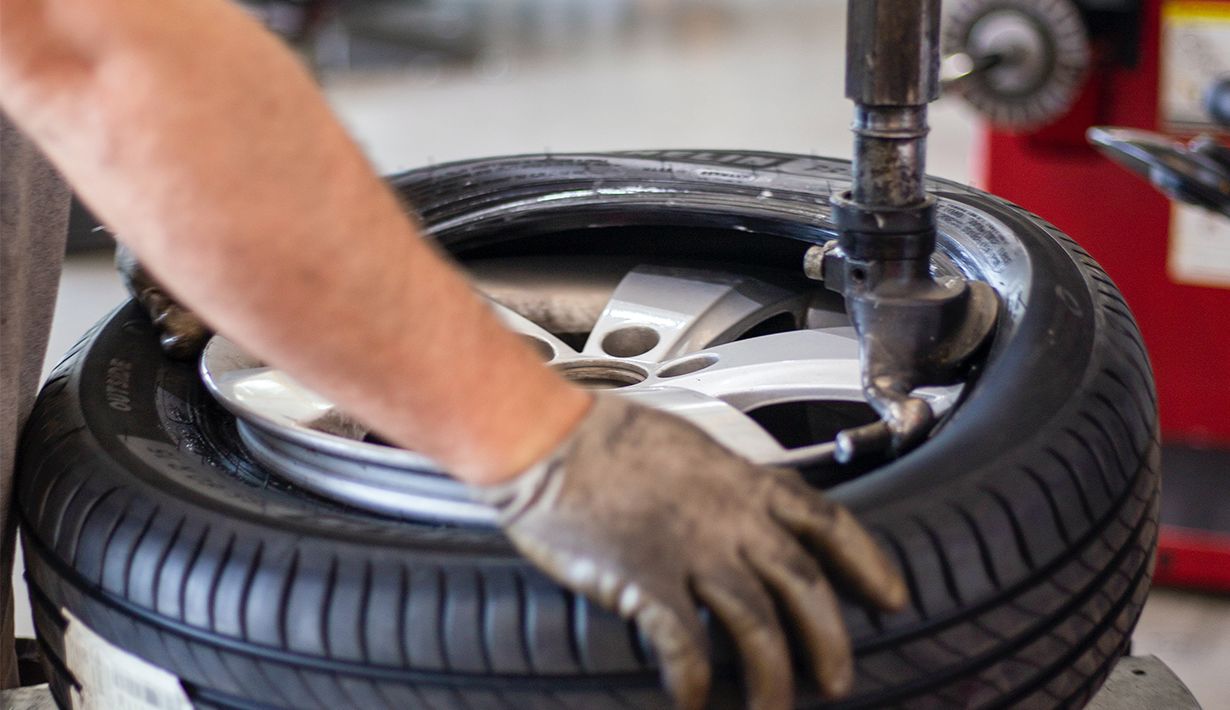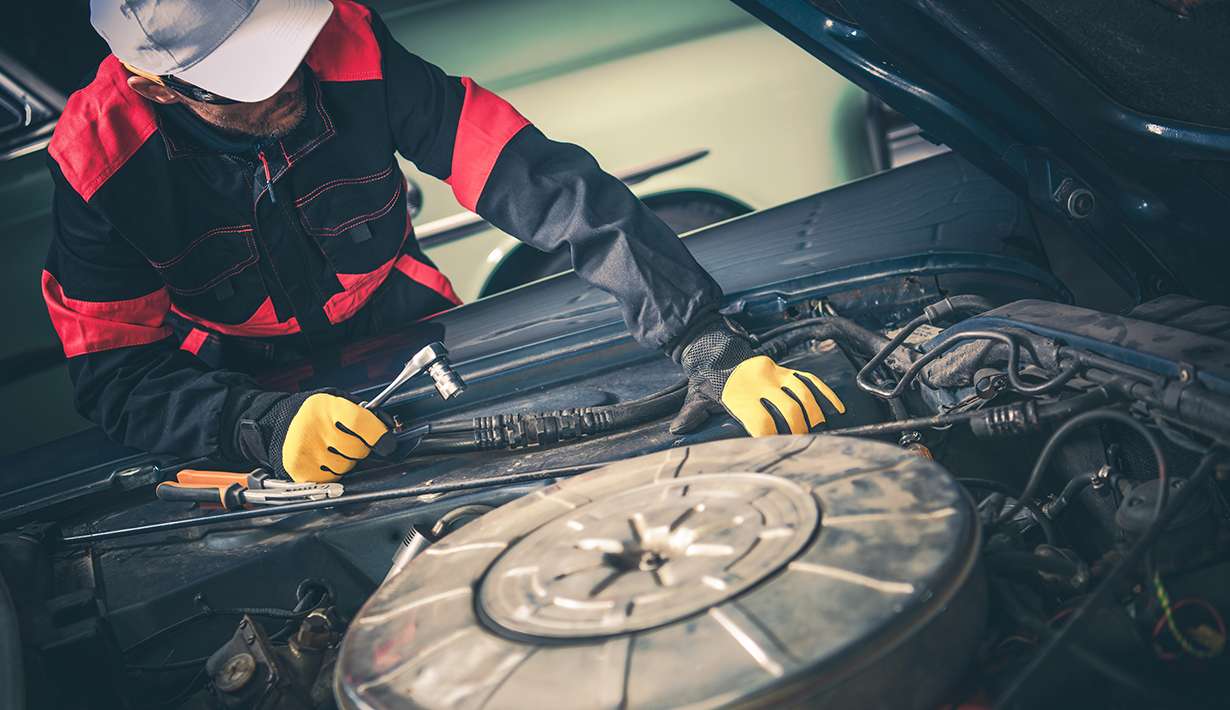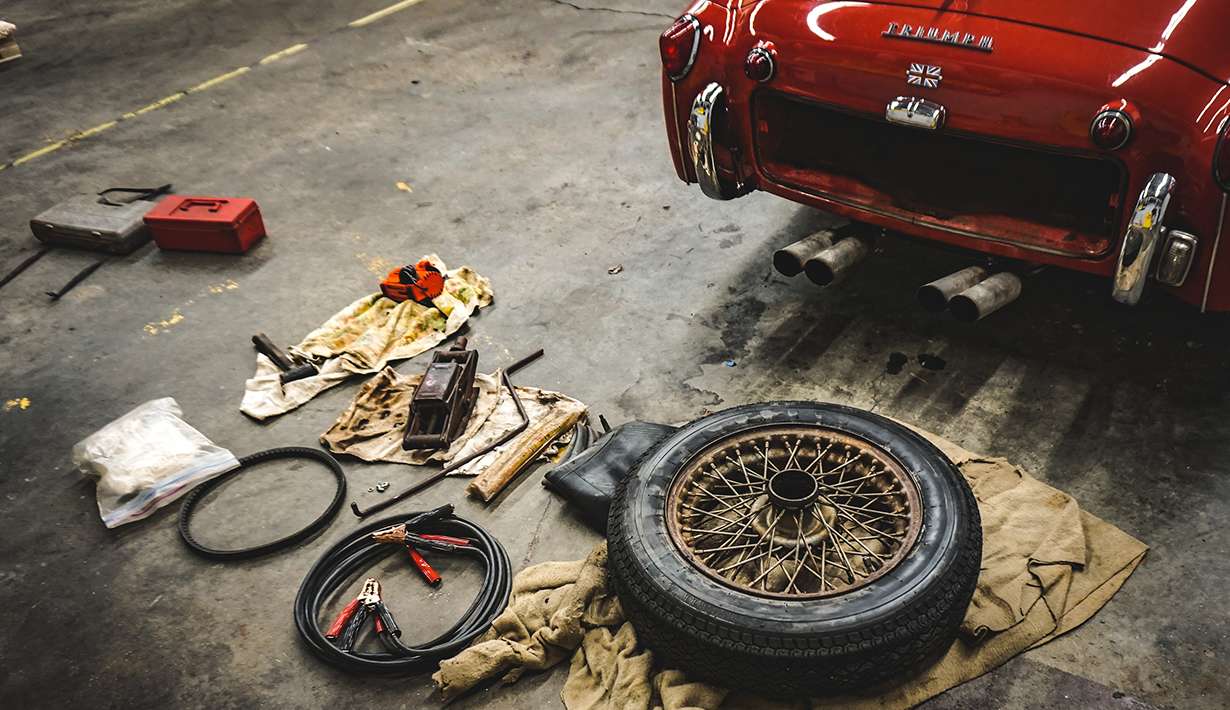Car suspension is the system of springs, shock absorbers, struts, and linkages that connects a vehicle’s wheels to its frame or body. It is designed to absorb and dampen the impact from road irregularities, provide a smooth ride, and ensure that the tires maintain consistent contact with the road.
🚗 Purpose of a Suspension System
- Comfort:
It cushions passengers from bumps, potholes, and other road imperfections. - Control:
It keeps the tires in constant contact with the road for better steering and braking response. - Stability:
It prevents the car from leaning too much in corners or diving forward when braking.
🔧 Main Components of Car Suspension
| Component | Function |
|---|---|
| Springs (coil or leaf) | Support the car’s weight and absorb large road shocks. |
| Shock Absorbers (shocks) | Control spring movement and reduce bouncing. |
| Struts | Combine a shock absorber and coil spring in one unit; also support the vehicle’s structure. |
| Control Arms | Connect the suspension to the frame and allow wheel movement. |
| Ball Joints | Act as pivot points for steering and suspension. |
| Sway Bars (anti-roll bars) | Reduce body roll when cornering. |
| Bushings | Provide cushioning and reduce vibration between metal parts. |
Types of Suspension Systems
- Independent Suspension:
Each wheel moves independently (commonly found in modern cars). - Dependent Suspension:
Wheels are connected via a solid axle, often seen in trucks. - Air Suspension:
Uses airbags instead of traditional springs for adjustable ride height and comfort. - Hydraulic or Active Suspension:
Electronically controlled systems that adjust in real-time based on road conditions.
⚠️ Why Suspension Matters
- Increases driving safety by improving handling.
- Protects the vehicle from damage due to harsh road conditions.
- Contributes to better braking efficiency and tire longevity.
- Makes every ride more comfortable for passengers.




Leave a comment
Your email address will not be published. Required fields are marked *